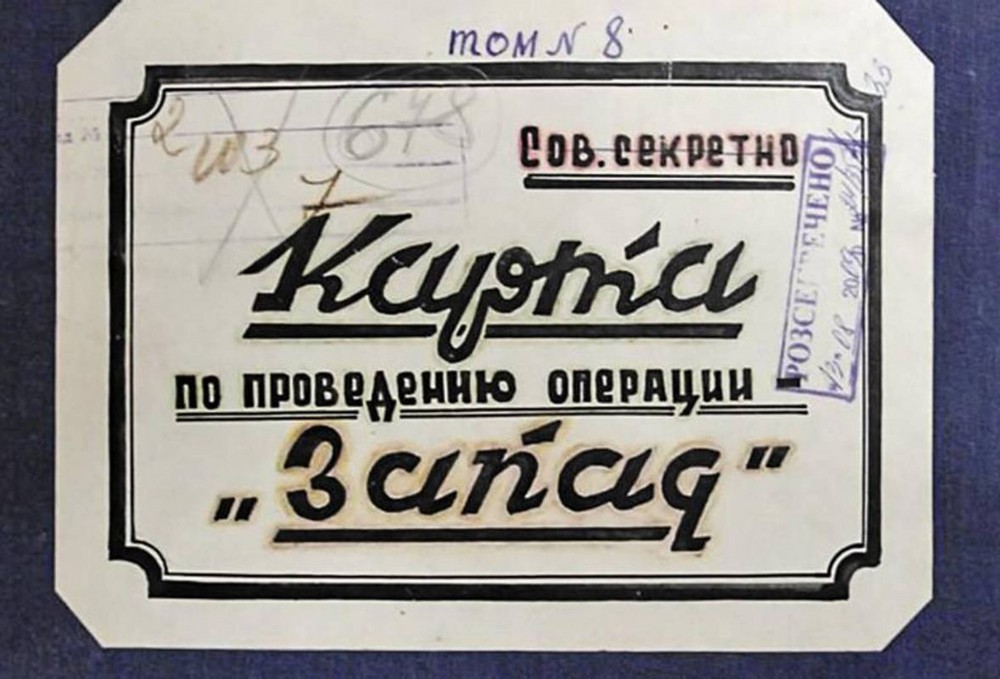
In 1944, with the beginning of the re-occupation of Western Ukraine by the Soviet Union, the practice of using forced evictions of local civilians as a method of repression and combating against anti-Soviet organizations and movements was restored. In fact, the deportation campaign against the “OUN families” was continued, which began on May 22, 1941 and lasted, with a break for the German occupation, until 1952. The deportation campaign included four stages: (1) operation on May 22, 1941, when 3 079 families or 11 329 persons were evicted; (2) campaigns of 1944—1946 — 14 726 families or 36 609 persons; (3) operation “Zapad” (“West”) on October 21—26, 1947 — 26,332 families or 77,791 persons; and (4) 1948—1952 campaigns — 22,308 families or 80,209 persons. In total, 205,938 people were deported from Western Ukraine as part of this campaign. Counterinsurgency against the Ukrainian anti-Soviet Resistance movement (primarily the OUN and the UPA) was the main purpose of these measures of the Soviet special services. Initially, the use of mass deportations was aimed at destroying the base of the Ukrainian anti-Soviet resistance movement and focused primarily on the families of the killed, arrested and active members of the underground. With the resumption of the deportation campaign in 1944, the application of the principle of hostility began to become dominant. Initially as a “family hostage” (since August 1944), and soon as civilian hostage — when the principle of collective responsibility of the local civilian population start used. The first detected order of the Soviet special services, which provided the application of the principle of civil hostage, was issued on May 24, 1945 jointly by the NKVD and the NKGB of the Ukrainian SSR. Despite the absence of any direct reference to the principle of hostage in the regulatory acts of operation «Zapad», civilians and members of the anti-Soviet resistance movement perceived it as a “response” to the activity of Ukrainian insurgents. On October 20, 1948, the USSR Order No.00386 was issued, which was based directly on the principles of civil hostage. For more effective implementation of the Chekist “retaliatory actions” a special logistic infrastructure of special assembly points was created. Based on this analysis, it was established that the Stalinist repression system used the principles of joint and several liabilities for the local civilian population of Western Ukraine in 1944—1952. It can be qualified as a violation of the rules of international conventions by the Soviet special services that prohibit the practice of hostage among civilian persons who are not involved in armed conflicts.
Source: Kohut A. (2020). The phenomenon of «civilian hostage» in the deportation practices of Soviet special services in Western Ukraine in 1944-1952. Bulletin of Taras Shevchenko National University of Kyiv. History. 144: 25-30
Source web-site: https://drive.google.com/file/d/1ftsu9rZLGbDjKpg86Dy67jZdYpxRaOuJ/view
Number of views: 1277